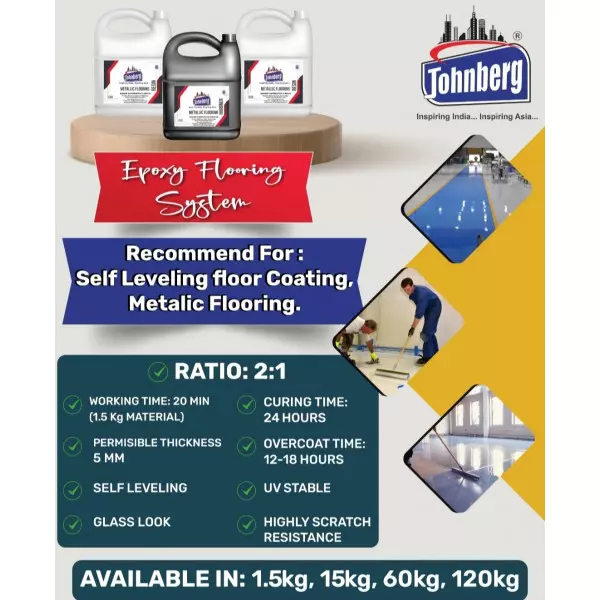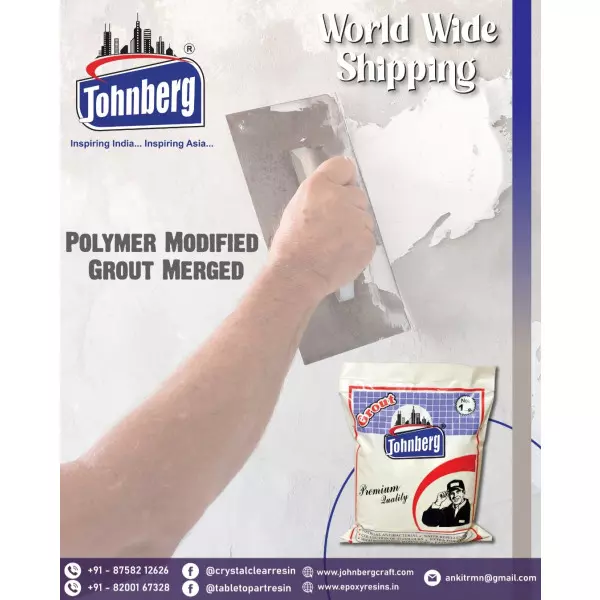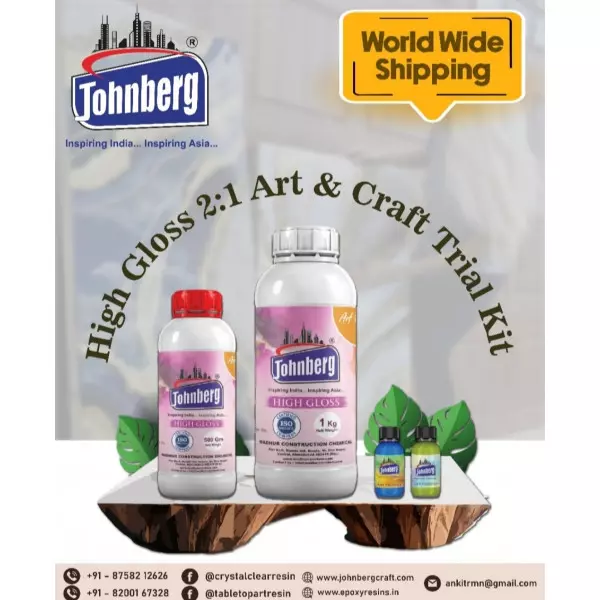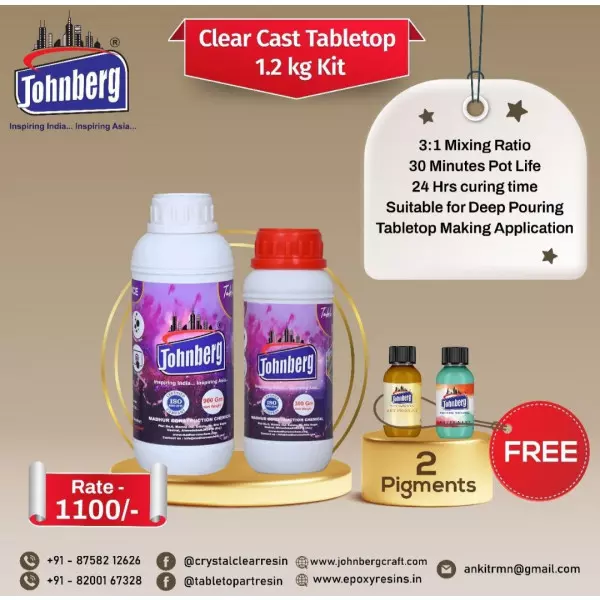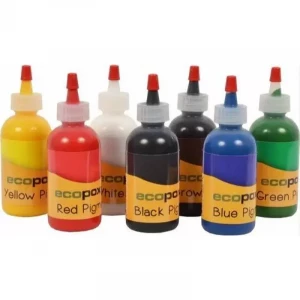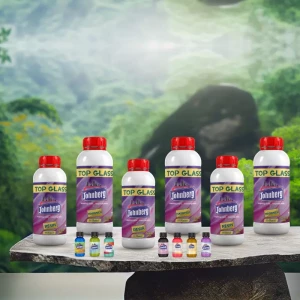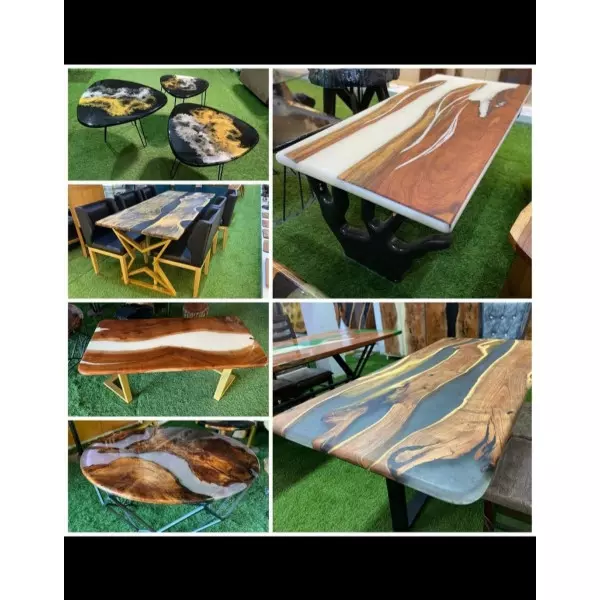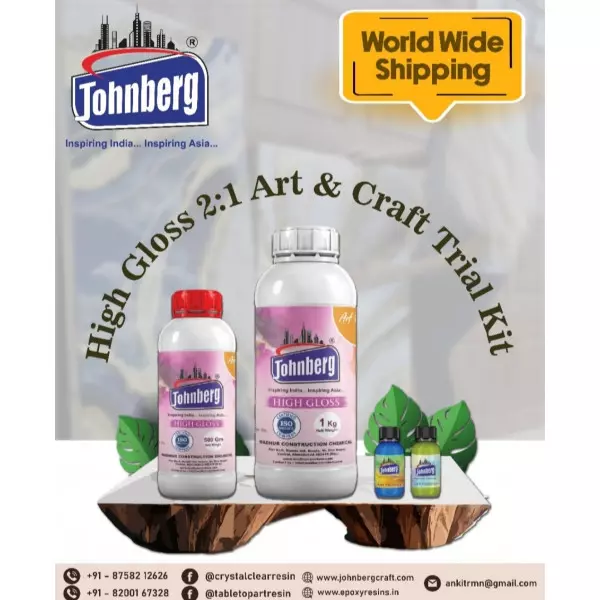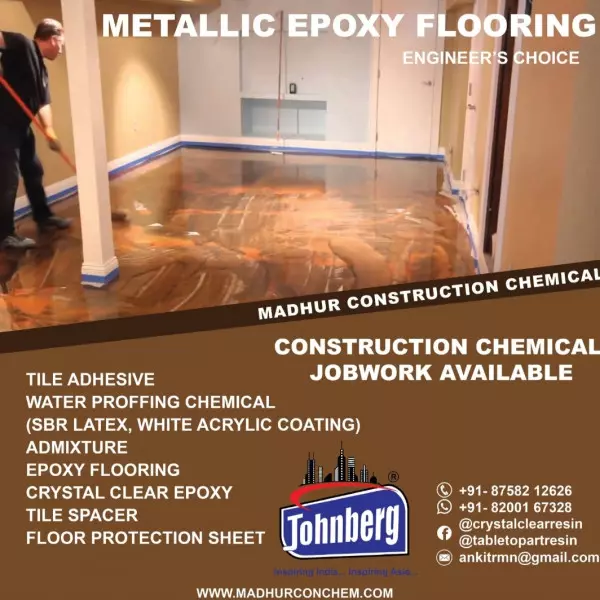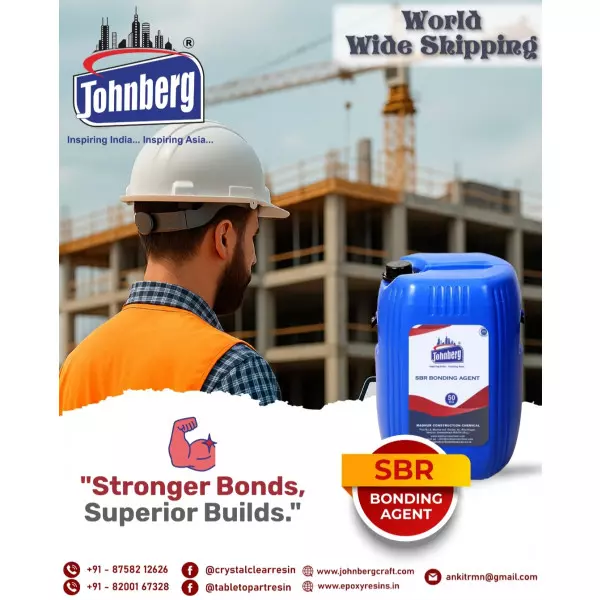Updates
Epoxy Top Coat Floor Resin In Jamnagar
Epoxy top coat floor resin is a durable and high performance coating used to protect concrete floors. It provides a smooth hard wearing surface that resists chemicals abrasion and heavy traffic. This type of resin is commonly used in industrial commercial and residential settings due to its strong adhesion and long lasting finish. It enhances the appearance of floors with a glossy seamless look and is easy to clean and maintain.Primary Uses of ... Continue
Epoxy Tile Grout Manufacturers In Bhuj
Epoxy tile grout is a high-performance material used to fill the spaces between tiles. It is made from a combination of epoxy resins and a filler powder. Unlike traditional cement-based grouts, epoxy grout is nonporous and highly resistant to stains, chemicals, and moisture.Key Features of Epoxy Tile GroutDurability Epoxy grout is extremely strong and long-lasting. It does not crack or shrink easily and maintains its appearance over time.Wa ... Continue
High Gloss 2:1 Art Resin Manufacturers In Bihar
We are a top manufacturer of the highest quality 2:1 Art Resin at Madhur Construction Chemical. Specifically composed for creative and skill purposes, our 2:1 Art Resin is perfect for producing stunning, durable pieces like sculptures, paintings, and decorative objects. This resin is understood for its premium clarity, strong bonding properties, and smooth finish, making it a selected choice for skilled artists and DIY enthusiasts. With its easy ... Continue
Crystal Clear Epoxy Supplier In Chandigarh
Crystal clear resin is a transparent liquid material used in arts crafts jewelry and industrial applications. It is typically made from two parts a resin and a hardener which are mixed together in equal amounts. When combined they undergo a chemical reaction that causes the mixture to harden into a clear solid. The result is a glossy glasslike finish that is durable and resistant to yellowing when exposed to light.This type of resin is popular ... Continue
Expert Epoxy Pigment For Industrial Applications Delhi
We are providing expert consultancy for epoxy pigment selection, formulation, and application in industrial and creative projects. With in-depth knowledge of resin chemistry, color blending techniques, and curing behavior, the consultancy ensures optimal pigment performance for durability, consistency, and visual appeal.Tailored Guidance for Pigment ApplicationsIn this industry, proper pigment choice and mixing ratios are crucial for achievin ... Continue
Premium UV Resistant Epoxy Art Resin For Creative Projects Mumbai
Premium Quality Epoxy Art Resin in IndiaWe are manufacturing high-grade Epoxy Art Resin suitable for professional artists, furniture makers, and decorative applications. With crystal-clear transparency and excellent UV resistance, the resin ensures long-lasting clarity and prevents yellowing over time. Its self-leveling properties make it ideal for coating, casting, and embedding projects where smooth finishes are essential.Superior Finish an ... Continue
Wooden Epoxy Resin Table Top In Shimla
A wooden epoxy resin tabletop is a flat surface made by combining natural wood with epoxy resin. The wood is often carefully selected for its grain and shape, sometimes featuring live edges. The epoxy resin is poured into gaps, cracks, or between wood pieces to create a smooth, durable surface. It can be clear or colored and is polished to a glossy or matte finish. This type of tabletop is known for its artistic appearance, strength, and water re ... Continue
Art Resin Manufacturers In Tamil Nadu
Art resin is a clear liquid material used to coat or create artwork. It is made from a mixture of resin and hardener that, when combined, cures into a glossy and durable finish. Art resin is popular for use in paintings, jewelry, and crafts because it enhances colors and provides a glasslike surface. It is self-leveling and resistant to yellowing over time. This resin is typically applied in a well-ventilated area and requires careful measuring a ... Continue
Metallic Epoxy Flooring Service Providers In Kerala
Metallic epoxy flooring is a type of decorative floor coating made from a blend of epoxy resin and metallic pigments. This mixture creates a smooth and glossy surface with a unique three dimensional look. The pigments move through the resin while it cures forming patterns that resemble marble lava or flowing water. Each floor is one of a kind due to the natural movement of the pigments during installation. Metallic epoxy flooring is known for its ... Continue
Polymer Modified Grout Manufacturers In New Delhi
Polymer modified grout is a type of grout that contains added polymers to improve its performance. These polymers enhance the strength flexibility and adhesion of the grout making it more resistant to cracking and water penetration. It is commonly used in tile installations where increased durability and bonding are needed. This type of grout is suitable for both interior and exterior applications and can be used in areas exposed to moisture and ... Continue
